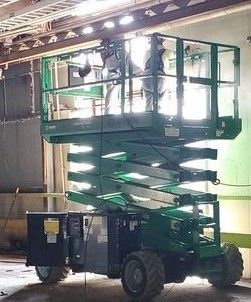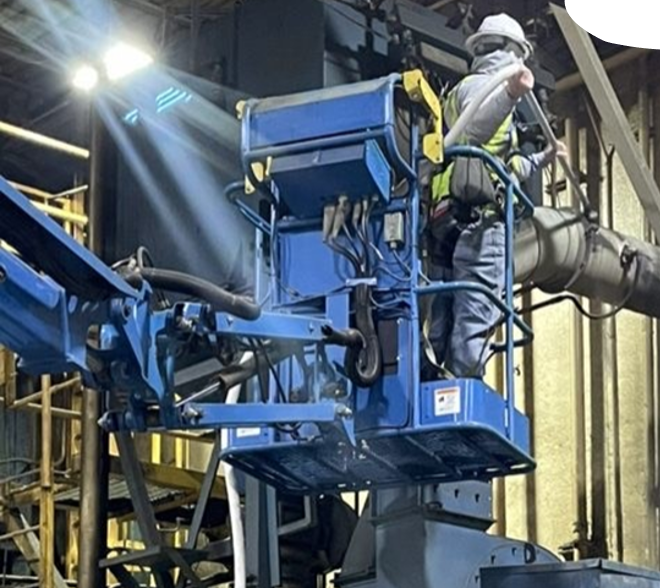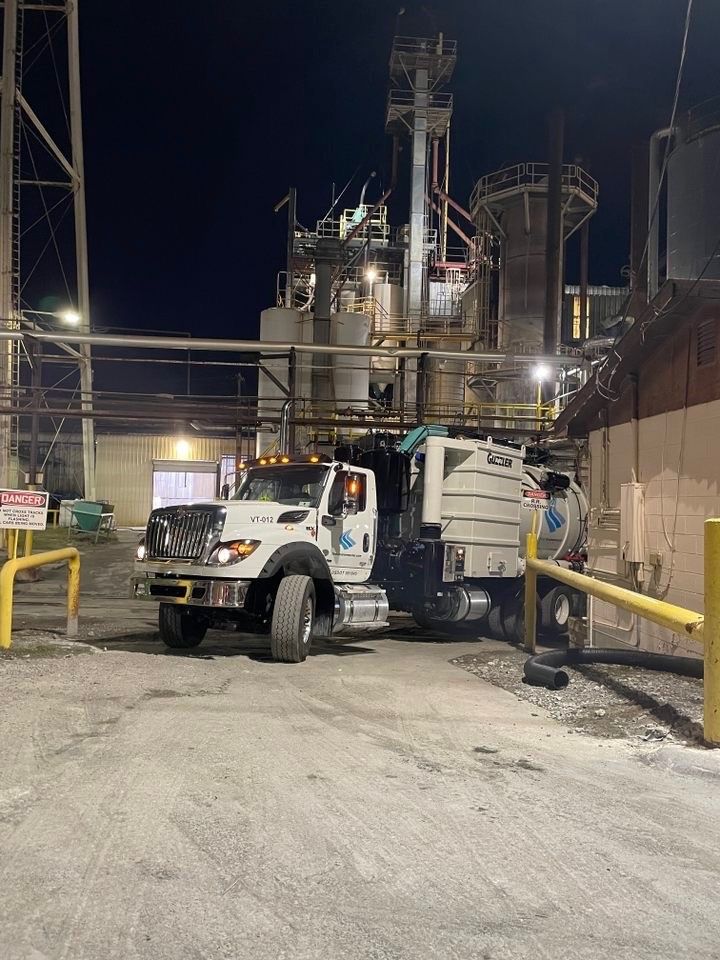Asbestos Abatement Servcies

Asbestos-containing materials and their abatement remain a common challenge of various businesses, general contractors, and demolition companies.
Asbestos is a naturally occurring substance used in a variety of construction materials for insulation and as a fire retardant. The mineral fiber is strong and exhibits heat-resistant properties, making it ideal for an array of manufactured goods and materials. Examples include roofing shingles, ceiling and floor tiles, paper products, and asbestos cement products. Removal of these materials, as they deteriorate or need to be replaced, requires expert assistance and proper management.
Asbestos has been proven to be a hazardous substance. When materials with asbestos break down during repair, remodeling, or demolition activities, microscopic fibers become airborne and can get into the lungs, causing long-term health issues. Asbestos abatement services are for safely and compliantly removing this hazard from contaminated areas.
Safety
Asbestos is highly regulated primarily because it can impact human health. Long-term concerns about prolonged exposure to asbestos are why taking precautions is so important. Initial steps include identifying potential sources of asbestos (mentioned above) and then checking to see what the asbestos content looks like. This is qualified by professionals, trained and certified in asbestos sampling, by performing an asbestos survey which measures the content of asbestos down to the fiber. The removal of asbestos is driven by keeping exposures to a minimum. This includes processes for wetting the material, negative air enclosures (to prevent release), manual labor/mechanical removal/glove bags, and specific PPE (personal protection equipment including respirators) that address potential hazards and mitigate exposure.
Disposal
The resulting abated material is asbestos-contaminated, and when it is part of a regulated process, often referred to as RACM. This material has very specific packaging requirements including double-bagging (“burrito-wrap” and other contained terms are common) as well as very specific signage that indicates the hazards. It can only be sent to facilities that have permits in place to receive and has detailed, compliance paperwork that allows close scrutiny from the generator, the transporter, and the final disposition. These steps are all managed under either State or Federal agencies depending on the location. In Georgia, the Environmental Protection Division (GA EPD) is the regulatory authority.
Summary
When evaluating and performing asbestos abatement removal projects, it is important to have experience in scoping and understanding what clients need. Then making it happen with quality, efficiency, compliance and safety.
First Environmental has carefully trained estimators, supervisors, and support staff that manage these processes to address our customer's abatement needs, and provide detailed paperwork support to demonstrate compliance.
Our mission: Exist for our Customers by Fixing Their Problems, and Making Them Happy.





